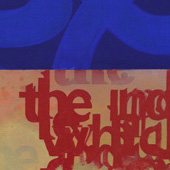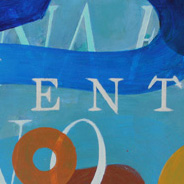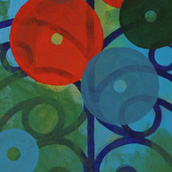 RM_1 |
 RM_2 |
 RM_3 |
 RM_4 |
 RM_5 |
 RM_6 |
 RM_7 |
 RM_8 |
 RM_9 |
| RAWN MCCLOUD |
|
STATEMENT . BIO . EDUCATION . SELECTED EXHIBITIONS . Click here to order. |
|
RM_1.
Brown Rice all thumbnails are cropped
|